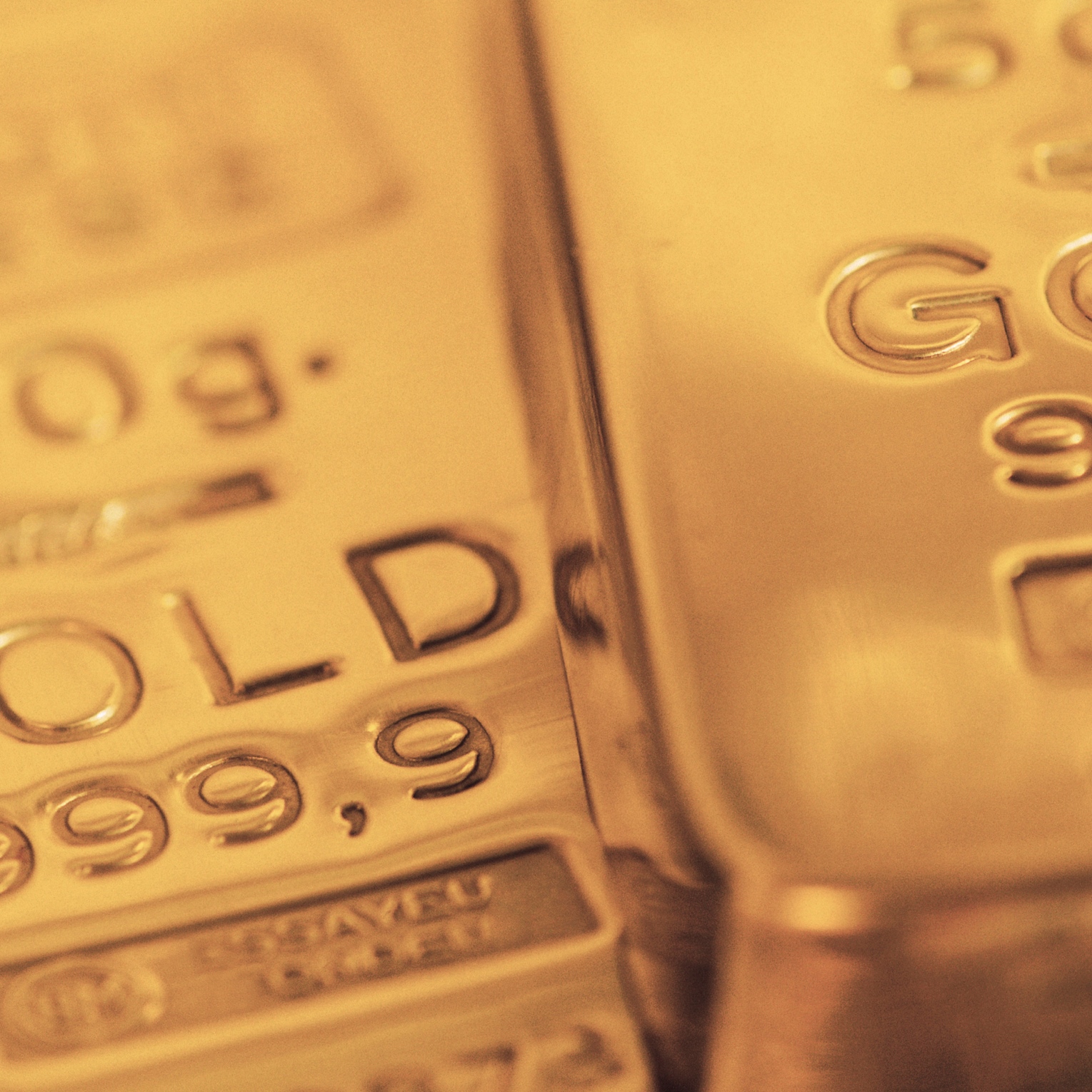
The last time the price of gold fell this low was just before New Orleans and QB Drew Brees won Super Bowl XLIV with a convincing win over the Indianapolis Colts and Peyton Manning. That was February 2010 in case you don’t tell time by Super Bowls.
The afternoon fix in London on Friday was $1057.40 an ounce and the Comex February 2016 futures price tumbled to below $1,052 before settling at $1,056.10. At its peak since February of 2010, gold reached $1,875.25 in September of 2011. In 2015 the highest price for an ounce of the yellow metal was posted in late January at about $1,295.
A stronger dollar, low crude oil prices, and an increasing likelihood that the Federal Reserve will raise the Fed funds rate as soon as next month have put increasing pressure on the price of gold. As a store of value, gold has been losing out to the dollar which has also weighed on the price of crude oil.
And in the same vein, while there is not a glut of gold in the same way that there is a glut of oil, a similarity exists in the ability of producers to raise production if demand rises for either commodity.
The shooting down of Russian military jet by the Turkish air force last week gave gold a boost and oil a momentary boost. But these event-driven price hikes don’t have lasting effects given the forces that are weighing down prices for all commodities, including gold.
A hike to the the Fed interest rate won’t help gold prices either. Because gold does not pay interest investors are more likely to shun the shiny metal in favor of a Treasury note that does pay interest. And that’s especially true in the current weak commodity market. Gold, in other words, it too risky. How about that?
ALSO READ: 7 States Where Americans Are Moving
Want to Retire Early? Start Here (Sponsor)
Want retirement to come a few years earlier than you’d planned? Or are you ready to retire now, but want an extra set of eyes on your finances?
Now you can speak with up to 3 financial experts in your area for FREE. By simply clicking here you can begin to match with financial professionals who can help you build your plan to retire early. And the best part? The first conversation with them is free.
Click here to match with up to 3 financial pros who would be excited to help you make financial decisions.
Thank you for reading! Have some feedback for us?
Contact the 24/7 Wall St. editorial team.




